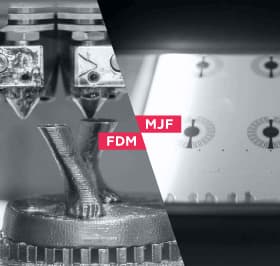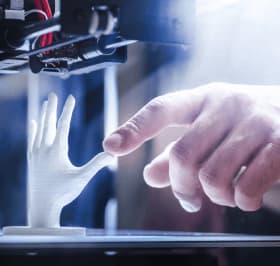New opportunities for manufacturers. What tasks does 3D printing solve?
According to a Sculpteo survey, in 2018, 66% of manufacturers in the United States, Europe, and Asia had 3D printers. Additive manufacturing is in demand because this technology allows for the fast creation of unique products at an affordable price. But what other benefits does 3D printing provide? How does it help in production?
Ford, Mercedes, Audi, and Ferrari apply 3D printing. BMW has been using additive technologies in production for more than a decade now. In 2018, the company released its millionth 3D-printed part.

“Imagine a limited-edition supercar. It needs a dash panel, fenders, parts of the passenger compartment, and other plastic elements. If the manufacturer casts them, it will have to order a mold costing USD 7 to 20 thousand for each part. When the production run is in the millions, the investment will pay off, while the self-cost of parts for a series of just 200–300 cars will be prohibitively high. In such cases, 3D printing is much more cost-effective.”
Viktor Artiushchenko,
Commercial Director at Infomir:
The benefits of 3D printing
- Less risk at the testing stage. Creating the perfect mold at the first attempt doesn’t often work out due to errors in the 3D model. The errors are noticed when the mold is completed and paid for. Three-dimensional printing allows improvement of the design without financial risks.
- Fast market access. You don’t have to wait three months for the mold to be made to release the first batch. Instead, the manufacturer can simultaneously launch production, study consumer demand, and modify the product.
- New molds. Three-dimensional printing makes it possible to create complex, one-piece products: chains, hinged connections, and nested structures. Casting does not cope with such tasks.
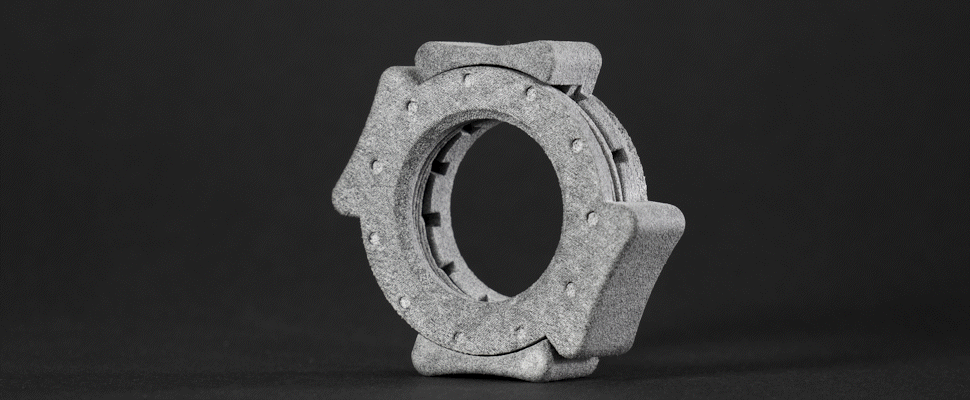
3D printers can print one-piece structures nested inside one another.
- It pays off when the volume of production is up to 1000 products. There is always a minimum batch in casting, as it is the only way to recover the costs of the molds. 3D printing removes this restriction and enables profit to be made from even a single unit.
- It helps to determine the demand. Manufacturers create small batches of products to check users’ interest in the product.
- Customization. Each printed product may have a unique logo, QR code, or inscription.

“If production is limited, 3D printing is much more efficient than casting. It is the most rational way to release a product with a run of up to 1000 units when it does not pay to order a mold. Even before full-scale production, printing helps you to find out if customers like the product. Initially, we release a test batch of ten units. If the product is not a success, we change the design and release a further ten units. If it then succeeds, we print 500 units. Finally, if all products sell out, we order a mold.”
Viktor Artiushchenko,
Commercial Director at Infomir:
Benefits of complex geometry
3D printing handles models of any shape. According to Sculpteo survey participants, this is the main advantage of additive manufacturing. The technology is suitable for products with a porous or perforated surface. Today, scale models, helmets, unique covers for smartphones, and even medical prostheses are being printed.
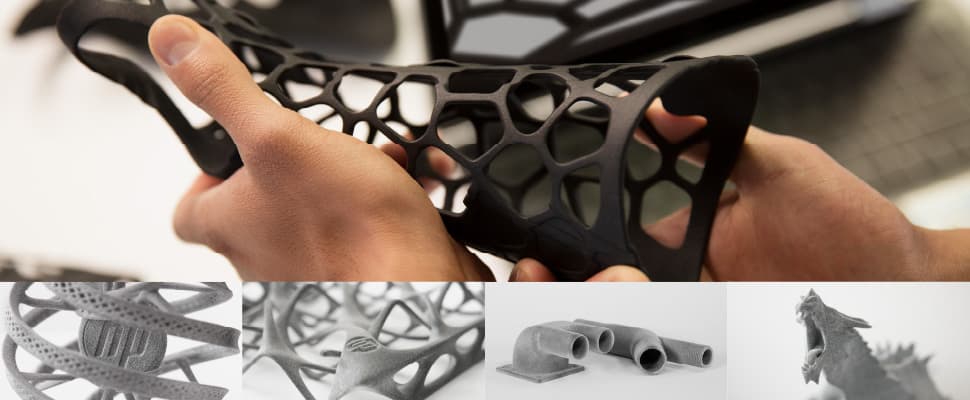
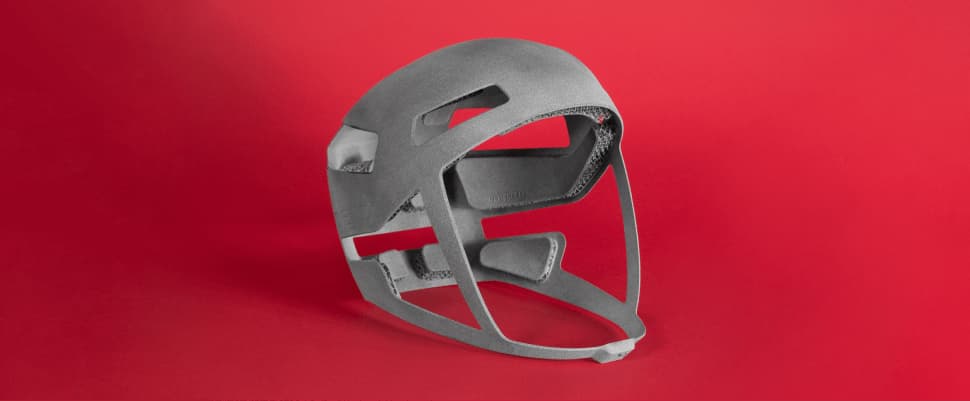
3D printing can be used to make complex products with custom dimensions.
No product size limit
Build unit’s dimensions are limited, but that doesn’t mean that parts of any size can’t be made. To do this, the model is divided into parts, printed, and then glued.
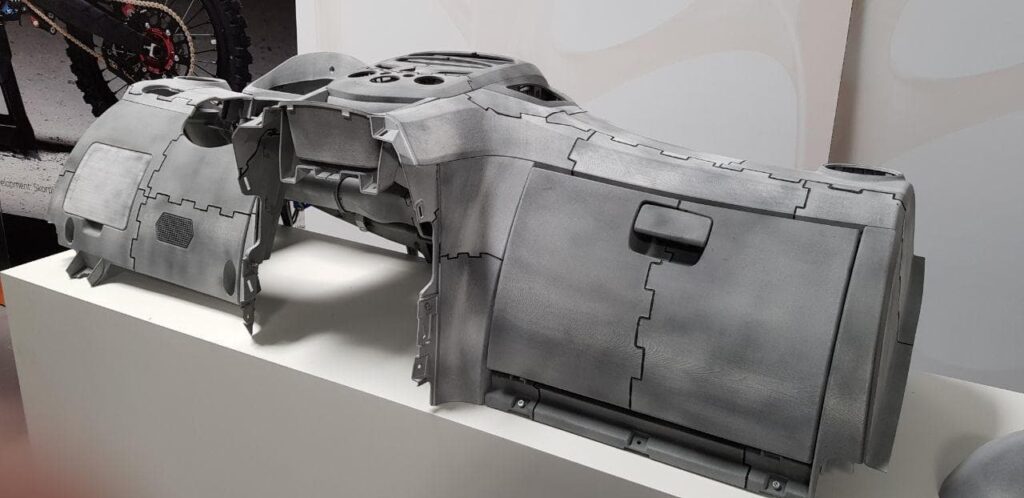
To make the gluing reliable, parts of a large model are printed in the form of a puzzle.
Examples of large parts are fenders, dash panels, and other elements of a car’s passenger compartment and body. For the structure to be solid, you must correctly determine the places to be glued and divide it into parts. An important rule: the model cannot be ‘cut’ along straight lines, as such a connection will be weak, and the construction may separate. Infomir specialists only accept these orders by email because online calculators do not yet divide models into parts.
3D printing saves money and helps access the market faster. Additive manufacturing is not yet a substitute for casting: printing allows you to test the idea and modify the product shape without risk. Printing helps manufacturers not to spend resources on products that are not in demand.

